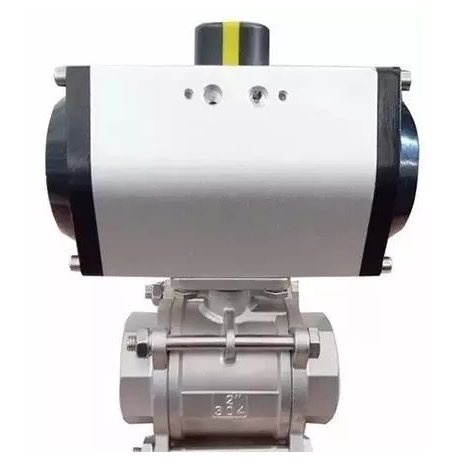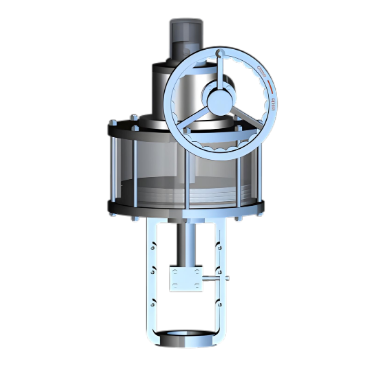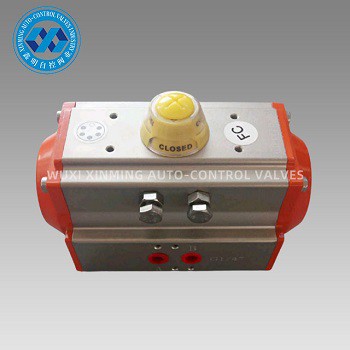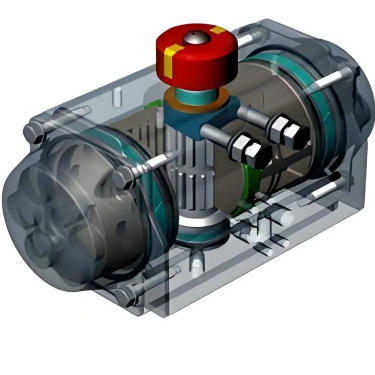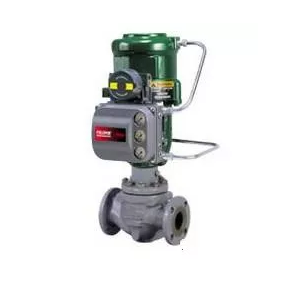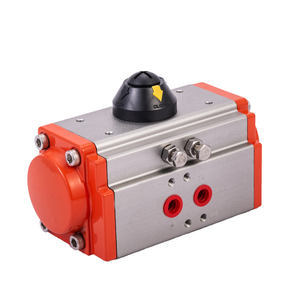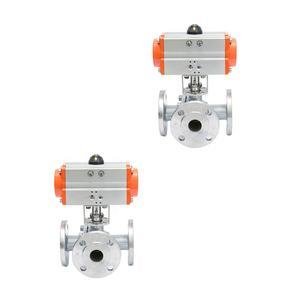Compressed air plays a vital role in
pneumatic piston actuators, serving as the primary source of power and enabling
their operation. Here's a closer look at its functions:
Force generation: When compressed air is
introduced into the actuator's cylinder, it exerts pressure on the piston. This
pressure creates a force that causes the piston to move, allowing the actuator
to perform mechanical work, such as opening or closing valves, moving
mechanical parts, or adjusting the position of components in various industrial
processes.
Controlling motion: The amount of
compressed air supplied and the rate at which it is introduced or exhausted
from the cylinder can be precisely controlled. This enables accurate control of
the piston's speed, position, and the overall motion of the actuator. By
regulating the air flow, the actuator can achieve smooth and precise movements,
which is crucial for applications that require high levels of accuracy and
repeatability.
Energy storage and transmission: Compressed
air acts as a form of energy storage. It can be stored in reservoirs and then
rapidly delivered to the actuator when needed, providing the necessary energy
to perform work. This allows for efficient operation of the actuator, as the
compressed air can be used to power multiple actuators or to meet peak - demand
requirements in a system. Moreover, the energy in the compressed air is
transmitted quickly and efficiently through the pneumatic system, enabling fast
response times of the piston actuator.
If you want to learn more about low-priced products, please visit the following website: www.xm-valveactuator.com


